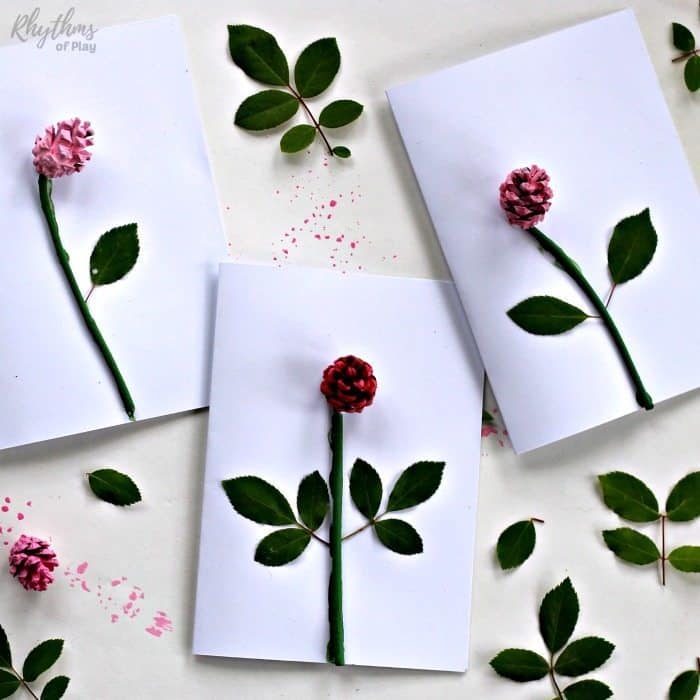Introduction

Transdisciplinary theme:
How we share the planet (plants are life sustaining).
Central Idea:
Plants are a resource that sustains the life of all living beings.
Lines of Inquiry:
-
What do the plants need to grow?
-
What parts have plants?
-
What connection is there between plants and living beings?
-
Why are some plants useful for other living beings?
Concepts:
-
Cause-- Why is it like that?
-
Responsibility - What is our responsibility?
-
Connection-- How is it connected / related to ...
-
We are about to embark on an adventure and we are going to become mini scientists. If you are courageous, let's explore plants! At the end of your trip, you have to show that you have learned, and the first step is fun.
Task
Pre-Activity
Using your iPads , you will open the microphone and each person will answer the question "What do you know about plants? ", Keep the note because your teacher will listen to you to give you points.
https://realtimeboard.com/app/board/o9J_k0Zh9fE=/
At the end of your adventure, you will show that you have learned by answering:
-
What do the plants need to grow?
-
What parts have plants?
-
What connection is there between plants and living beings?
-
Why are some plants useful for other living beings?
To answer the questions, you have the choice of choosing the activity you are going to do:
- Writing / art: Make a mini scientific book with your discoveries.
To do this work, you are going to make a mini book with your teacher. After each activity, you will go back to your mini book and draw something you learned and write a sentence with your teacher. -

-
Technology: Record your research with a micro or with the TeleStory app.
To do this activity, you need an iPad and with the help of your teacher, after each activity you will record and report something that you have learned. At the end of the Webquest, your video is seen in class.

-
Maker: Make a herbal
To make a herbarium, after each activity with the help of your teacher, you will collect parts of plants and stick them in your herbarium.

-
Art: With plasticine you can show that you remember the webquest (or with StopMotion).
After each activity, you will use plasticine to recreate something you have learned. With the StopMotion app and the help of your teacher, you will create a Stop Motion video.
-

Process
Activity 1: What plants need to grow:
Mind Map:
http://popplet.com/app/#/4405254
Video #1
Video #2
Activity 2: The parts of a plant:
Video #3
Game:
http://www.softschools.com/science/plants/plant_parts/
Activity 3: Living beings (plants)
Video Sesame street "Who's Alive":
Book:
https://www.storyjumper.com/book/index/46780326/5a17d87cb5224
Activity 4: Uses of plants for other living beings:
Game:
https://b.socrative.com/teacher/#import-quiz/31561015
Evaluation
This is the end of your adventure!
Now you are going to reflect that you have learned and answered:
-
What do the plants need to grow?
-
What parts have plants?
-
What connection is there between plants and living beings?
-
Why are some plants useful for other living beings?
To answer the questions, you have the choice of choosing the activity you are going to do:
Writing / art: Make a mini scientific book with your discoveries.

Technology: Record your research with a micro or with the TeleStory app.

Maker: Make herbal.

Art: With plasticine you can show that you remember the webquest (or with StopMotion).

|
Activity |
|
|
|
|
|
Writing / art: Make a mini scientific book with your discoveries. |
|
|
|
|
|
Technology: Record your research with a micro or with the TeleStory app. |
|
|
|
|
|
Maker: Make herbal. |
|
|
|
|
|
Art: With plasticine you can show that you remember the webquest (or with StopMotion). |
|
|
|
|
|
|
Conclusion
CONCLUSION
Post-Webquest, in the assembly the teacher asks "What we have learned" and the reflections of the students in Post Its are noted.
https://realtimeboard.com/app/board/o9J_k0Zh9fE=/
